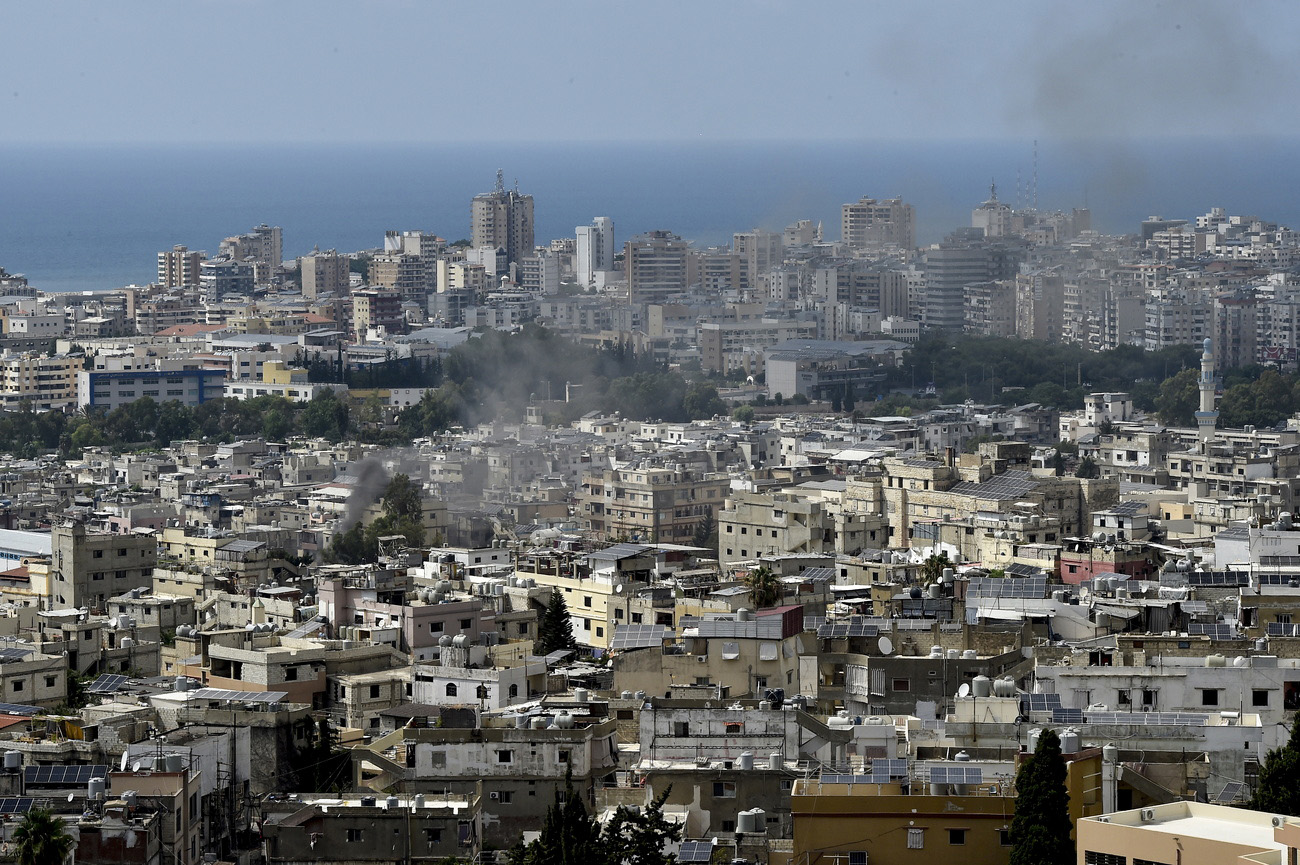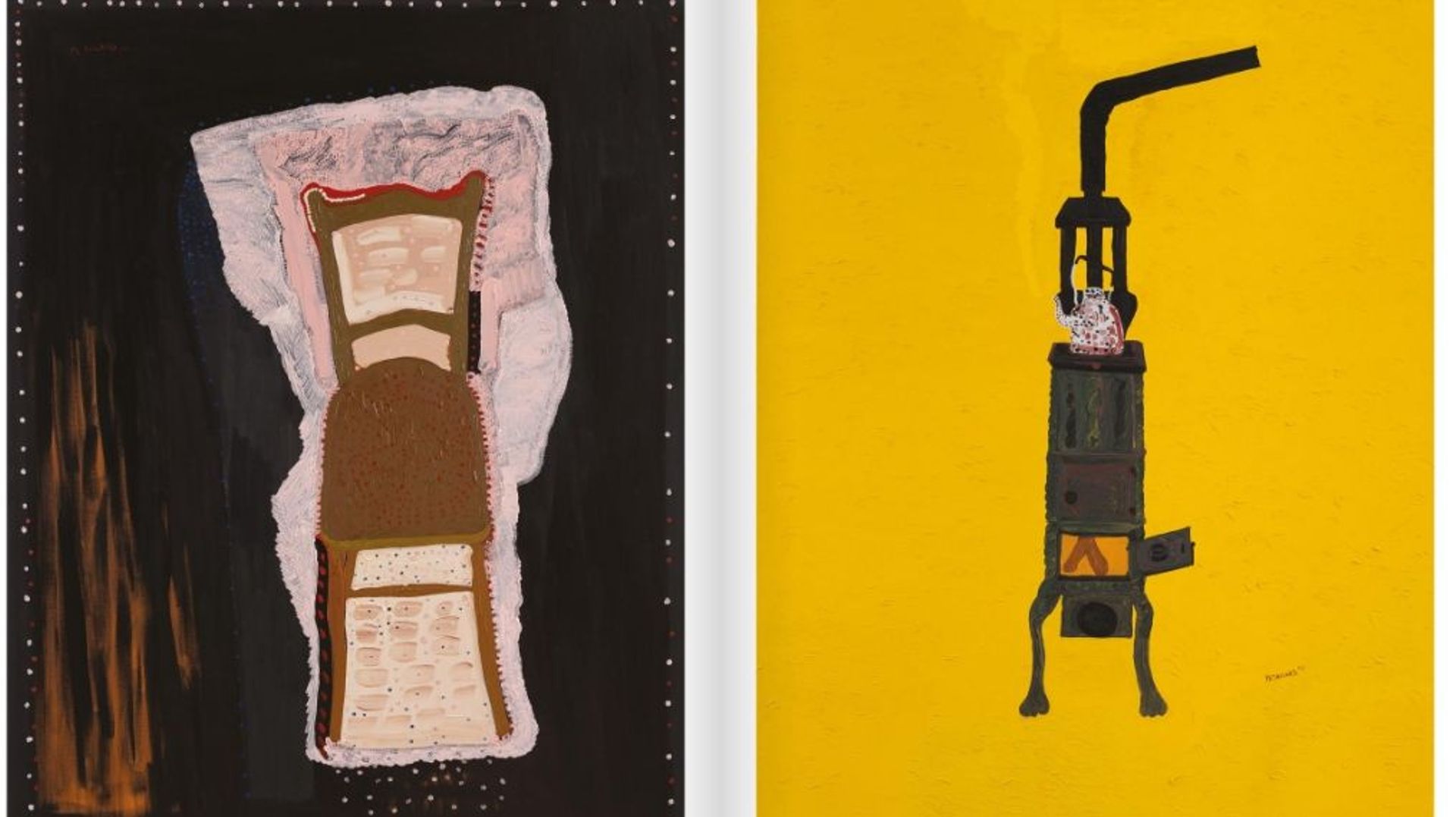
ESA Ariane-6 rocket with Swiss components successfully blasts into space

Europe's new rocket Ariane-6 set off at 9pm (Swiss time) on Tuesday from the European spaceport in Kourou, French Guiana. The rocket's payload fairing, which protects the satellites during launch, was produced in a town in central Switzerland.
The rocket, operated by the European Space Agency (ESA), aims to provide European countries with independent access to space for the first time in about a year, including launching satellites into orbit.
Shortly before the planned maiden flight of the new European carrier rocket Ariane-6, ESA Director Josef Aschbacher expressed confidence. “Ariane-6 will take Europe into space,” he said on Tuesday on X (formerly known as Twitter). “I feel a wide-range of emotions as we get ready to make an impact on European history, for Europe’s future, for generations of Europeans.”
Ariane 6 will power Europe into space. Ariane 6 will make history.
— Josef Aschbacher (@AschbacherJosef) July 9, 2024External link
Standing next to the massive #Ariane6External link is indescribable. I feel a wide-range of emotions as we get ready to make an impact on European history, for Europe's future, for generations of Europeans. This is just the… pic.twitter.com/4B9uB84X55External link
The new rocket has been waiting for its maiden launch for ten years. The inaugural flight set off at 9pm (Swiss time) on Tuesday, from the European spaceport in Kourou, French Guiana. ESA postponed the earliest launch time by one hour at short notice. The original launch window was initially scheduled from 8pm to midnight.
The Ariane-6 is the successor to the Ariane-5, which was in operation from 1996 until summer 2023. The new rocket is now associated with many hopes: firstly, it is intended to lift Europe’s space sector out of the crisis in its launch vehicle sector. Secondly, Europe currently lacks its own means to launch satellites into space. Ariane-6 is primarily designed to transport satellites into orbit for commercial and public clients.
Do you want to read our weekly top stories? Subscribe here.
Among the countries involved in the project are Belgium, Germany, France, Ireland, Italy, the Netherlands, Norway, Austria, Romania, Sweden, Switzerland, Spain, and the Czech Republic. The total costs for development, construction, and launches amount to approximately €4 billion (CHF3.9 billion). France and Germany are the largest contributors, with 55.6% and 20.8% respectively. According to the ESA, Switzerland contributed 2.4%.

More
In space exploration, Switzerland punches above its weight
Swiss contribution to Ariane-6
Swiss companies have also contributed important parts to the rocket. The nosecone of the rocket, for instance, comes from the Swiss company Beyond-Gravity. They built the payload fairing, which serves to protect the satellites launched into space by the rocket. Depending on the satellites being transported, this fairing is either 14 or 20 metres long. Normally, three minutes and 39 seconds after launch, the payload fairing separates from the rocket, releasing the transported satellites.
+ The world’s first space ‘garbage truck’ will be Swiss
The company ApcoTechnologies, based in canton Vaud, built a component for the attachment and cap of the boosters. The boosters are the tubes attached to the sides of the rocket. These parts are essential for the rocket to lift off from the ground and travel into space. After two minutes and 16 seconds, the boosters, filled with fuel, are empty and they separate from the rocket. Depending on the amount of energy required to launch satellites into space, the Ariane-6 comes in two versions: with two and with four boosters.
Translated from German by DeepL/sp
This news story has been written and carefully fact-checked by an external editorial team. At SWI swissinfo.ch we select the most relevant news for an international audience and use automatic translation tools such as DeepL to translate it into English. Providing you with automatically translated news gives us the time to write more in-depth articles.
If you want to know more about how we work, have a look here, if you want to learn more about how we use technology, click here, and if you have feedback on this news story please write to english@swissinfo.ch

In compliance with the JTI standards
More: SWI swissinfo.ch certified by the Journalism Trust Initiative






























You can find an overview of ongoing debates with our journalists here . Please join us!
If you want to start a conversation about a topic raised in this article or want to report factual errors, email us at english@swissinfo.ch.